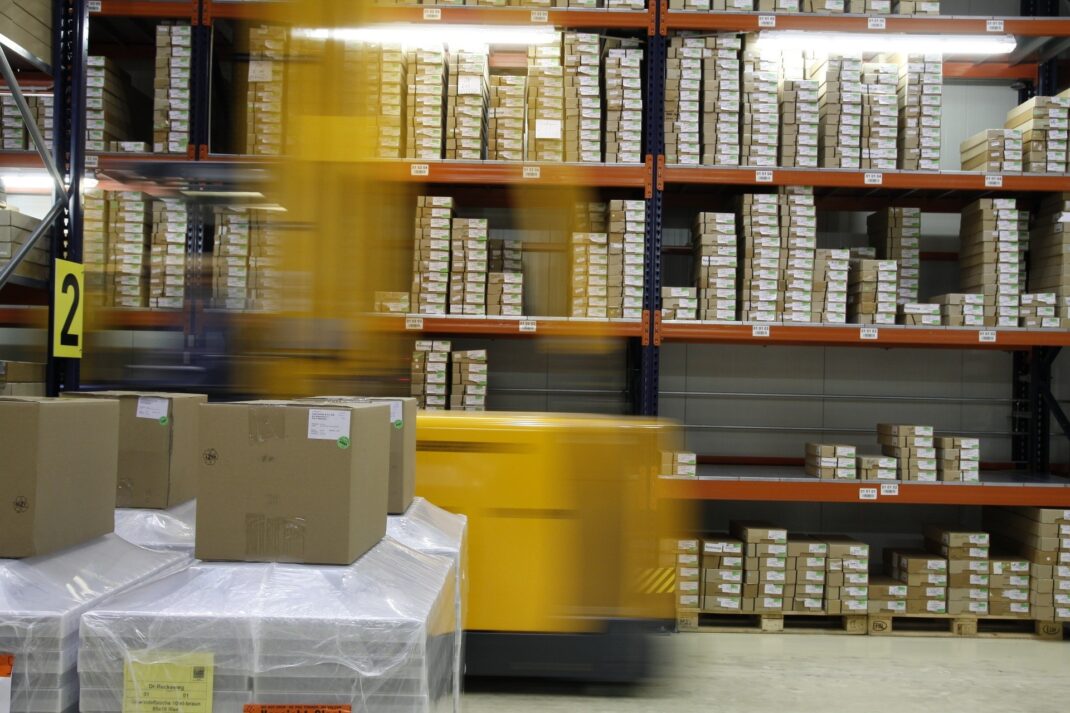Related Articles

The frequency of cyber-attacks is growing in the manufacturing industry.
That is a fact, year 2018 was identified by the World Economic Forum to have witnessed cyber-attacks as one of the most prominent causes of damage to business.
Everyday, more and more devices are connected to the internet and everyday, there are more and more opportunities for criminals to gain access to computer systems.
It is because of this that manufacturers need to be aware of the threats and how to recover if an attack takes place.
DAMAGES THAT CAN RESULT FROM AN ATTACK
You may find it quite surprising that cyber-attacks can cause physical damage along with non-physical damage focused on data.
A criminal can easily trigger your manufacturing plant’s boiler to overheat and explode or cause an electrical overload damaging your computer systems.
A cyber-attack can thus literally lead to deaths, scary stuff. The more common types of cyber-attacks focus on stealing, corrupting or even outright deleting your data and intellectual property is often a prime target of these attacks.
The average cost of a successful cyber-attack in the manufacturing industry is about $5,000,000; surely you can gauge the attention that is required of you in this regard.
MEASURES FOR SAFEGUARDING
Odoo’s security systems are robust among its class of ERP software.
Syncoria is a digital transformation solution provider based in Canada and is an official Odoo Ready partner, which means they are responsible for the development of the hosting security systems.
Keeping backups has always been one of the most effective ways to safeguard data and thus, 14 full backups of each Odoo database are kept.
These backups are also replicated in different data centers, further minimizing the risk of loss.
In case of the worst-case scenario where an entire data center has been shutdown, data recovery is possible either through RPO (Recovery Point Objective) or RTO (Recovery Time Objective). RPO means a maximum of 24 hours of work lost if data cannot be recovered while RTO gives you a time frame to restore services in a different data center.
Customer data, which is quite an important class of data, is stored in a dedicated database which is isolated from other customer databases running on the same cluster.
Their passwords are protected with PBKDF2+SHA512 encryption, which is industry-standard for being extremely difficult for criminals to decipher and login credentials are always transmitted securely over HTTPS.
Properties in your control as an user includes setting rate limits and cooldown durations for repeated login attempts and setting password criteria.
Odoo helpdesk staff can sign into your account to access settings related to your issue. They use special staff credentials to do this and are never in knowledge of your own password by policy.
This greatly improves efficiency and security in the problem solving process. System security as a whole is guaranteed by Odoo Cloud servers running Linux distributions with all security patches and the installations are minimal to limit vulnerabilities.
As you can see, cyber security is one of the foremost principles of the design of Odoo.
On top of this, it also necessary for the human aspects of your business to act. Organizational resilience is one of your best weapons against cyber-attacks.
Have your employees understand the concept and object of cyber-attacks and the need to actively worry about not opening suspicious e-mails, installing anti-virus systems on their workstation computers, and being diligent overall.
In summary, you should:
- Check your internet connected devices to make sure that they have been updated with the latest security features and patches.
- Check your security systems to make sure no unauthorized individuals can gain access.
- Create manual backups of valuable data despite Odoo’s automatic backups.
- Make sure your machines can be deactivated and activated manually.
- Include cyber security in your business plan.
VERDICT
There are currently over 1.3 million robots in factories worldwide as they help increase operational efficiency but also open up a whole world of security risks.
Manufacturing industries are among the most advanced in the world due to their liberal use of digital technology, with robots and sensors being common.
Increased automation and data-rich production cycles make the industry very vulnerable to cyber-attacks.
Data is poured into systems by sensors which allow you a real time view of operations.
To be safe, IT teams need to have back-ups of their data and have action plans ready. It is important to understand that hackers can gain control of a network through only one device connected to it.
Security and diligent management for your manufacturing processes is best achieved by the Odoo Manufacturing plugin, a powerful manufacturing software for modern manufacturers.
The breadth of features available not only give you the most complete collection of real-time data but also help keep your data even more safe. Of course, there are more plugins of similar type ready to fit your evolving needs as a manufacturer.
Investments in manufacturing are focused on cost reduction and safety issues leaving security behind. It is important to match the investment for security.
67% of IT decision makers are confident that they’re prepared for a cyber-attack but the headlines tell us of companies falling prey to them one after another.
Costs resulting from cyber-attacks can be unimaginable; it is estimated that a stoppage in a car manufacturing plant can cost $13,000 per minute.
In sum, you should build resilience to avoid being an easy target and have action plans. You should also invest in security as much as you invest in cost reduction and safety and last but not least, stay on guard at all times.




